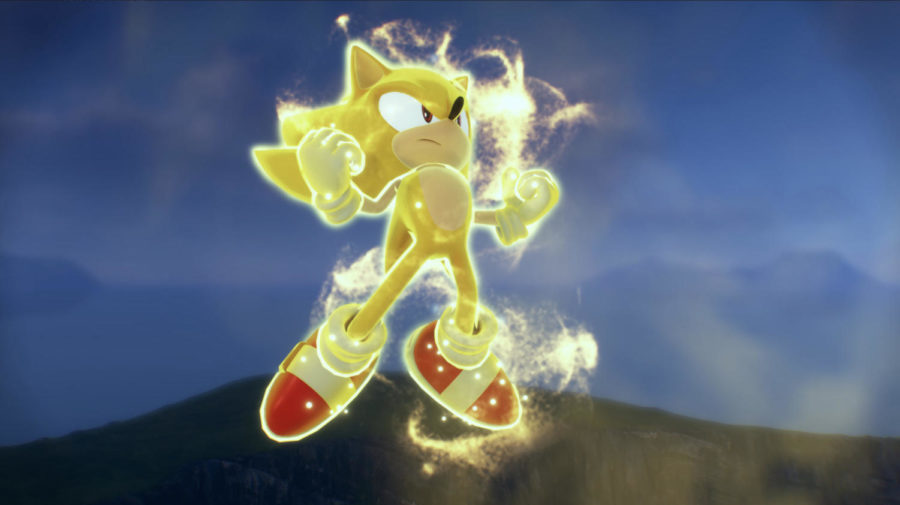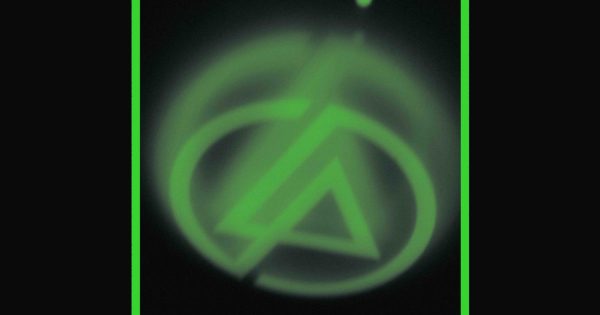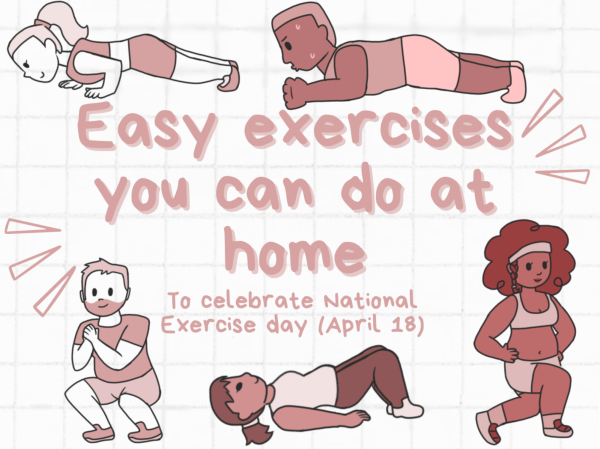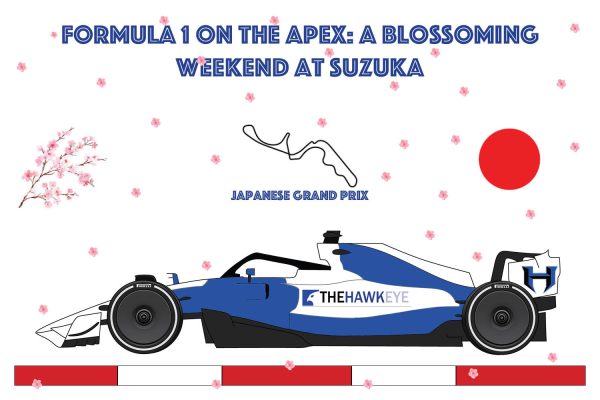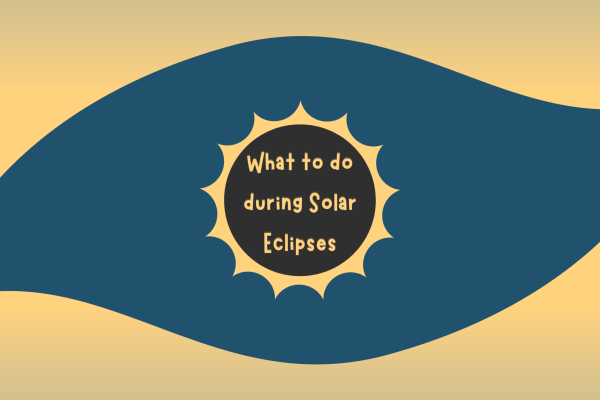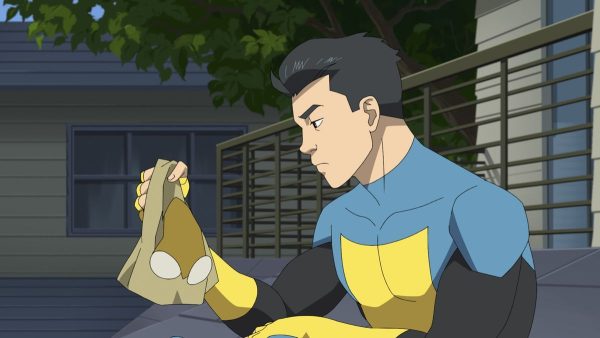The redemption of Sonic Frontiers’ bizarre marketing
The marketing to “Sonic Frontiers” has been rather shaky ever since its reveal. Using footage from earlier, less polished builds of the game, giving very spare and vague information; fans weren’t very impressed. However, since then, “Sonic Frontiers” has seen a surge of positive attention as its marketing strengthened, and demos were showcased as well as playable in a number of gaming conventions. “Sonic Frontiers,” through the tribulations of its advertising and trailers, has become both an example on how not to market a video game, as well as how to market one successfully.
Early on, information on “Sonic Frontiers” was sparse. A teaser was dropped in a Sonic Central livestream, then posted properly as a YouTube video on the official Sonic The Hedgehog YouTube channel. This was fine, at least until more information began to come out, revealing a rather bizarre and backwards marketing strategy that SEGA was employing. Rather than showcasing levels, abilities or anything major, minor snippets were dropped here and there through tiny previews. Even worse than the vague, sparse information being drip-fed to the fans was the early build that had seemingly been used for these showcase previews, causing many to criticize the game for looking like an incomplete, unpolished tech demo.
Even more bizarre was the first available demo for the game, playable in-person at the Summer Games Fest gaming convention. At the playable demos for “Sonic Frontiers,” players were required to sign a non-disclosure agreement, also known as an NDA. This is quite strange for a public demo, especially one in a large event such as a gaming convention. While players of the demo had given quite positive reviews for the game, many fans were still left skeptical. The marketing came off as insecure of the final product, as well as questionably handled due to outdated, unpolished gameplay presented prior.
Following a positively received story trailer, the Tokyo Game Show rolled around, featuring another playable demo for “Sonic Frontiers,” and accompanying it was the TGS trailer, revealing that Super Sonic would be an integral part of the game. With the high stakes presented, as well as titanic boss fights, the trailer undoubtedly did its part to raise the hype surrounding the game. Marketing for the game became much more aggressive, revealing the game’s main theme, “I’m Here,” as well as the ending theme “Vandalize,” the latter being a collaboration with popular Japanese band “ONE OK ROCK.”
With the Tokyo Game Show demo, more demos would appear worldwide. Another would appear in EGX (formerly named Eurogamer Expo), and the game has made its way to Oceania with Australia’s PAX convention (formerly named Penny Arcade Expo) announcing its inclusion of a demo of “Sonic Frontiers.” While American fans are currently left without a demo of their own, the possibility of it coming overseas to North America is quite high. With leaked footage of these convention demos, faith for the game would build rapidly. With the marketing finally getting to grips with itself, the game exuded confidence in what it was.
Announced to have a release date of Nov. 8, “Sonic Frontiers” is set at a price of $60 at launch. While quite the steep price, especially considering it’s been years, if not a decade, since a Sonic game has been released at a full AAA game price, this means that SEGA and Sonic Team are confident with the game they’ve made. It shows that the developers have put all their chips into this game, and have faith that it’ll perform well both commercially and critically. Yet, despite the demos, we’ve yet to see the full game. Once it releases, only then can we tell if it’s the true next-gen experience fans have been waiting for.

Senior Alexander Cha is a reporter and this is his third year on staff. His favorite subject is English and his hobbies include writing stories and playing...



